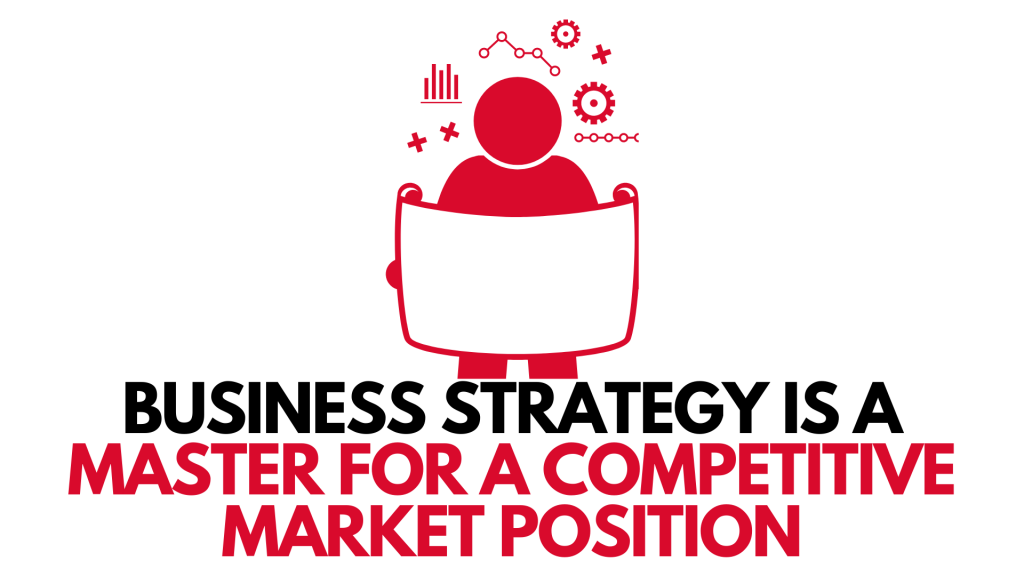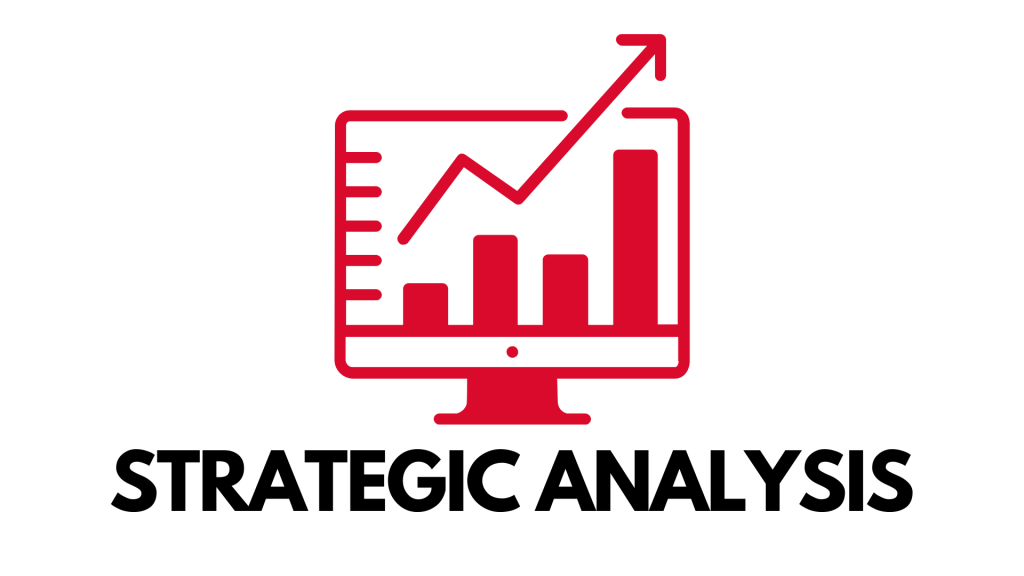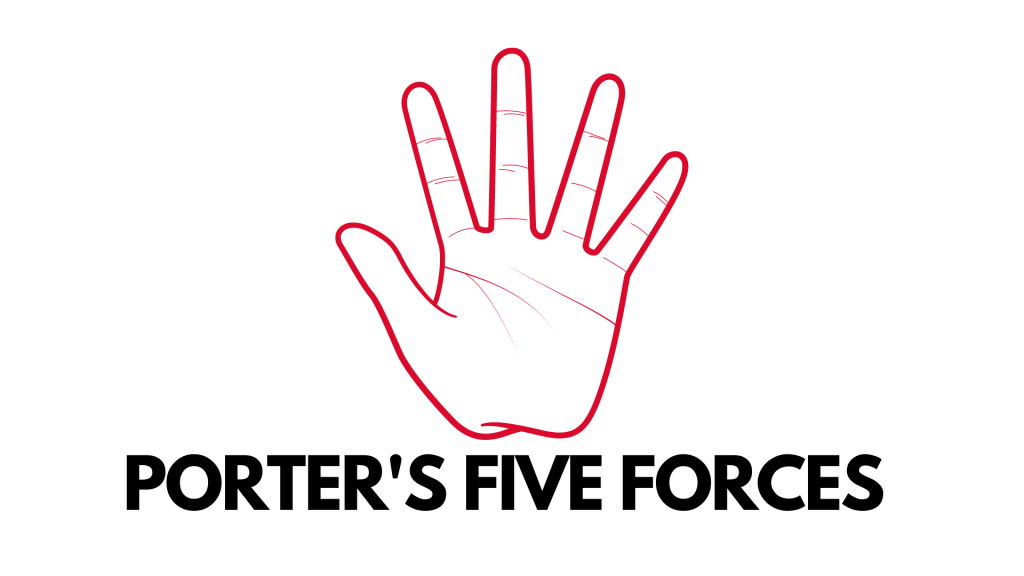Business strategies are one of the most critical parts of any business. It is essential to be able to strategize your business and to understand what you will be doing. Strategy assists us in defining our company, as well as providing it with a set of values and a sense of purpose. It enables us to comprehend what success entails. It serves as a road map for our company, showing us where we’re going and where we should stop along the route.

A business strategy is nothing more than a master plan that a company’s management adopts to maintain a competitive position in the market, continue operations, please customers, and achieve the company’s goals. It is the long-term sketch of an organization’s desired image, path, and destination in business. It is a carefully planned and flexibly designed business intent and action scheme.
A business strategy is a collection of competitive maneuvers and actions that a company uses to attract customers, compete successfully, improve performance, and meet organizational objectives. It lays forth how business should be conducted to get the intended results.
The business strategy provides top management with an integrated framework for identifying, analyzing, and exploiting profitable opportunities, detecting and responding to possible threats, maximizing resources and strengths, and counterbalancing weaknesses.
One of the main points for any business is to bake strategic analysis. Strategic analysis plays a critical part in the strategic decision-making process. It frequently conveys necessary information regarding environmental evaluation and development both inside and outside the firm and potential possibilities and dangers that must be considered in strategic decision-making.
Strategic Analysis

Researching an organization and its working environment to build a plan is known as strategic analysis. There are a variety of distinct definitions of strategic analysis, each with its own point of view. However, they all have a lot in common.
Strategic analysis plays a critical part in the strategic decision-making process. It frequently conveys essential information regarding environmental evaluation and development both inside and outside the firm and potential possibilities and dangers that must be considered in strategic decision-making.
There are many different types of strategic analysis. They are:
1. SWOT
Strengths, Weaknesses, Opportunities, and Threats (SWOT) is an abbreviation for Strengths, Weaknesses, Opportunities, and Threats. Internal factors over which you have some controls are defined as Strengths (S) and Weaknesses (W). Furthermore, by definition, Opportunities (O) and Threats (T) are external factors you have little control over.
SWOT Analysis is the most widely used method for auditing and analyzing a company’s overall strategic position and environment. Its main goal is to figure out how to construct a firm-specific business model that will best match an organization’s resources and competencies to the demands of the environment in which it operates.
A SWOT analysis is simply a tool for focusing an organization’s aims, projects, and objectives. It’s a methodical strategy that assists companies in identifying ways to boost efficiency and productivity.
Strength: A powerful brand, a loyal consumer base, a robust balance sheet, innovative technology, and so on are examples of strengths.
Weakness: Weaknesses prevent an organization from reaching its full potential. A lousy brand, higher-than-average turnover, high levels of debt, an inadequate supply chain, or a lack of capital are areas where the company has to improve to stay competitive.
Opportunities: External elements that may provide a competitive edge to a company are opportunities. If a country lowers tariffs, a car manufacturer, for example, can export its vehicles to a new market, boosting sales and market share.
Threats: Another external element is a threat. Threat primarily identifies as competition in the market. What other business out there is could be a threat to your business?
2. PESTLE
A PESTLE analysis is a method for gaining a broad view of an industry’s environment. Political, Economic, Social, Technological, Legal, and Environmental (PESTLE) elements are acronyms for Political, Economic, Social, Technological, Legal, and Environmental aspects. It enables a business to understand the factors that might influence a new business or sector. Different types of firms may prioritize other elements, and a PESTLE analysis will aid in identifying risk factors for the SWOT analysis.
PESTEL Analysis is a helpful tool for determining the benefits and drawbacks of a business strategy in corporate strategic planning. The PESTEL framework is a variation of the PEST strategic framework that considers environmental and legal variables that can affect a company.
Political Factors: When you look at political variables, you’re looking at how the government intervenes in the economy and other elements that can affect a company. These include tax policies, trade restrictions, tariffs, and bureaucracy.
Economic Factors: Economic factors consider the numerous areas of the economy and how the forecast in each sector may affect your company. Central banks and other government agencies are usually the ones who measure and report these economic indicators.
Social Factors: PESTEL analysis also considers social aspects linked to societal, cultural, and demographic trends. Consumer behaviour is heavily influenced by social conventions and influences.
Technological Factors: Technological aspects are linked to industry innovation and overall economic innovation. Being out of touch with current industry trends can be detrimental to business operations.
Environmental Factors: Environmental factors are concerned with the effects of the environment on business. Businesses must plan to adapt to changing weather conditions as they become more regular.
Legal Factors: In the context of a PESTEL analysis, there is sometimes confusion about the difference between political and legal variables. Any legal elements that define what a firm can and cannot do are legal factors. The link between business and government is a political aspect. Political and legal elements might collide when governmental authorities create legislation and regulations that affect how corporations function.
3. Porter’s Five Forces Analysis
Porter’s Five Forces Framework is a way of analyzing a business’s competitive operating environment. It uses industrial organization (IO) economics to extract five dynamics that affect the competitive intensity of an industry and, as a result, its attractiveness (or lack thereof) in terms of profitability.
A Harvard Business School professor, Michael Porter, developed the technique to assess an industry’s attractiveness and future profitability. It has become one of the most popular and well-regarded company strategy tools since its debut in 1979.
The Five Forces model is commonly used to examine a company’s industry structure and corporate strategy. With certain qualifiers, Porter identified five fundamental forces that shape every market and business globally. The five forces are widely used to assess an industry’s or market’s competitiveness, attractiveness, and profitability.

The five forces Porter mentions are:
Competitive Rivalry: The quantity and strength of your opponents are the first of Porter’s Five Forces. Companies acquire customers in a competitive business by aggressively lowering costs and creating high-impact marketing efforts. However, if suppliers and buyers believe they aren’t getting a good deal from you, it can be easy for them to go elsewhere.
Supplier Power: The ease with which your suppliers can raise their pricing determines their supplier power. The more providers you have, the easier switching to a less expensive one will be. On the other hand, the fewer providers there are, and the more you rely on them for assistance, the stronger their position and capacity to charge you more becomes.
Buyer Power: Buyer power exists when the number of customers in a particular industry is low compared to suppliers. This means they’ll likely find it simple to move to new, lower-cost competitors, lowering prices in the long run. When you only deal with a few knowledgeable customers, they have more clout. However, if you have many consumers and minimal competitors, your power grows.
The threat of Substitution refers to the possibility that your customers will find a better way to do what you do. For example, if you have a unique software solution that automates a critical function, customers may opt to execute the process themselves or outsource it.
The threat of New Entry: The ability of people to enter your market can impact your position. Competitors can swiftly enter your call and harm your work if it costs little money and effort to enter and compete successfully or if your core technology is not well protected.
